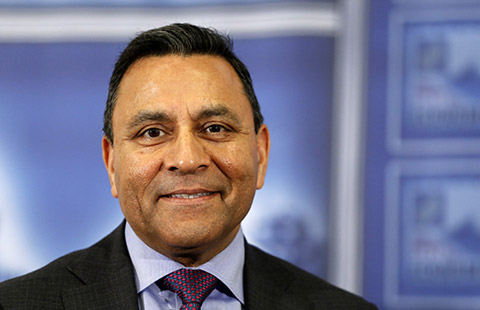Charge point installation makes for a rocky ride
Earlier this year, Li Weimin, who works for an auto services company in Shanghai, bought a Roewe E50 to assess the performance and weaknesses of electric vehicles.
The all-electric model, made by SAIC Motor Corp, is priced at 234,900 yuan ($38,326). After deducting subsidies of more than 100,000 yuan, Li actually paid 149,500 yuan for the car, including tax and insurance.
"Someone has to try out a new product like this," said Li, who also has a conventionally powered car.
Li's Roewe E50 has covered more than 4,500 km since he bought it on Feb 26. The car has a range of 120 km in normal weather and traffic conditions, but that falls to around 70 km when the air conditioning is in use.
However, installation of a charging pole on the permanent parking lot at his residential area took four months. The application procedure is extremely complicated, partly because demand is limited to a small number of individuals.
"First, I sent an application to the property management company, which discussed the matter for two months before finally giving approval. Then I applied to a power supply bureau and Shanghai Municipal Electric Power for the electricity supply and installation of an electricity meter. In the end, I submitted a construction plan to the property management company for approval and arranged the wiring layout myself," he said.
The distance between Li's home and office is 11 km. He usually charges his car once every three days, or on alternative days during hot weather when the air-conditioning unit will be in full use.
Most companies that manage parking lots and residential areas do not allow the installation of charging poles because of the amount of space required. Once, charging poles were installed in front of service centers and offices of power supply bureaus in Shanghai, but now they're only installed at the request of individual drivers, according to Li.
He suggested the government take the lead in coordinating work between the relevant departments and power companies to accelerate the construction of charging facilities and the promotion of electric vehicles.



















